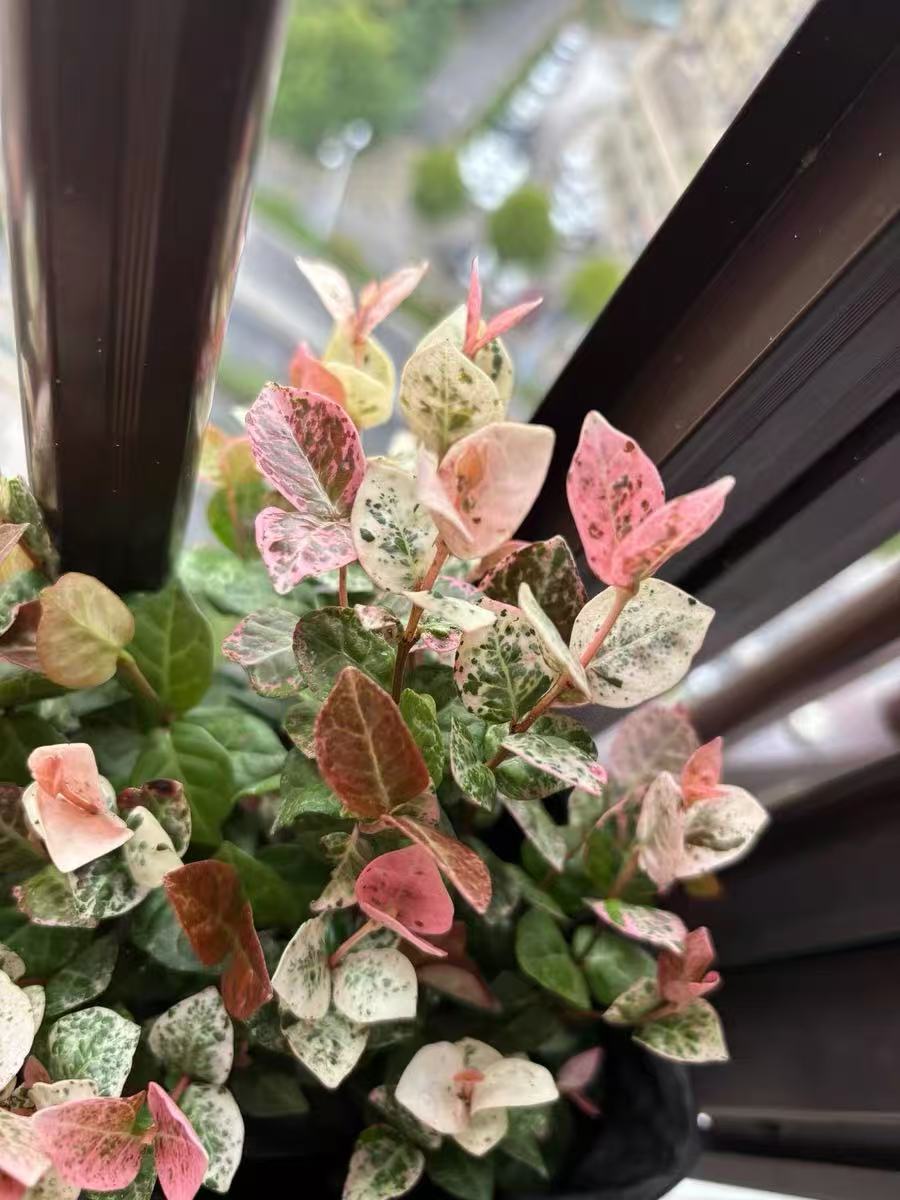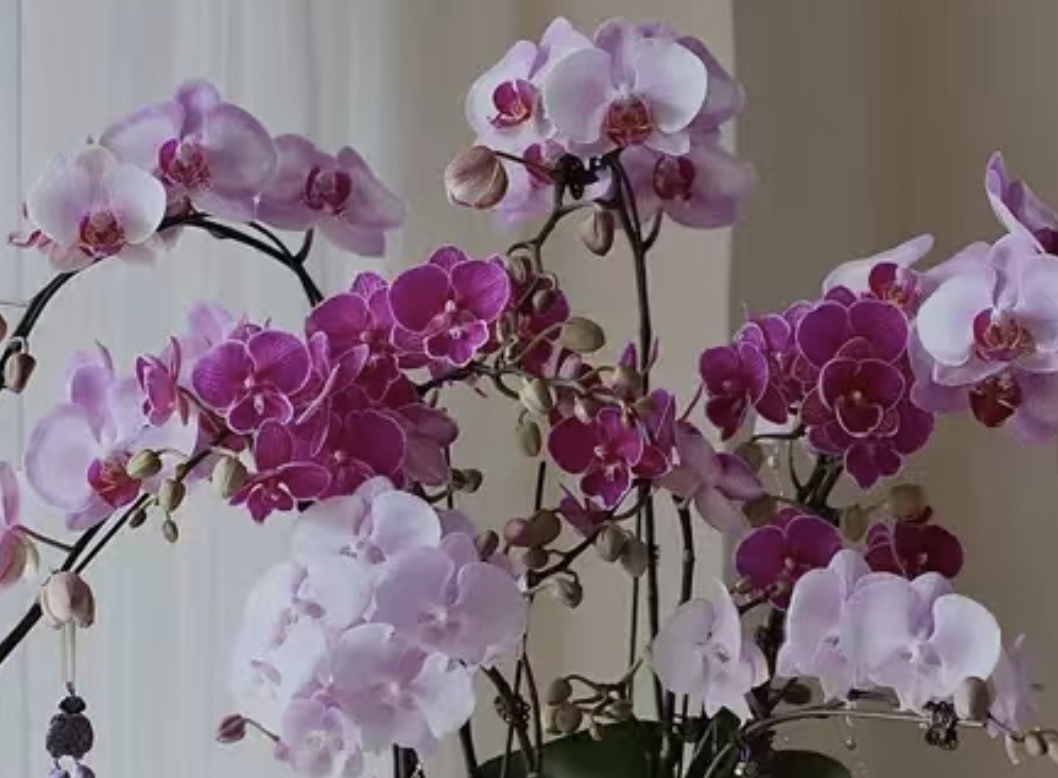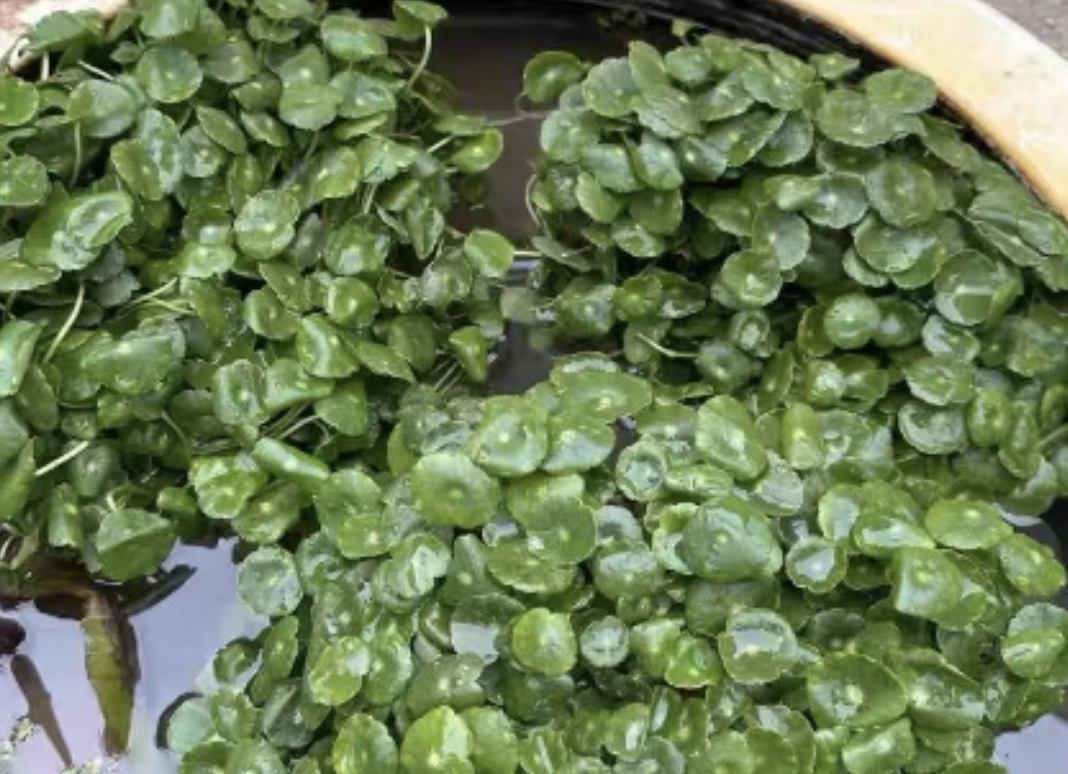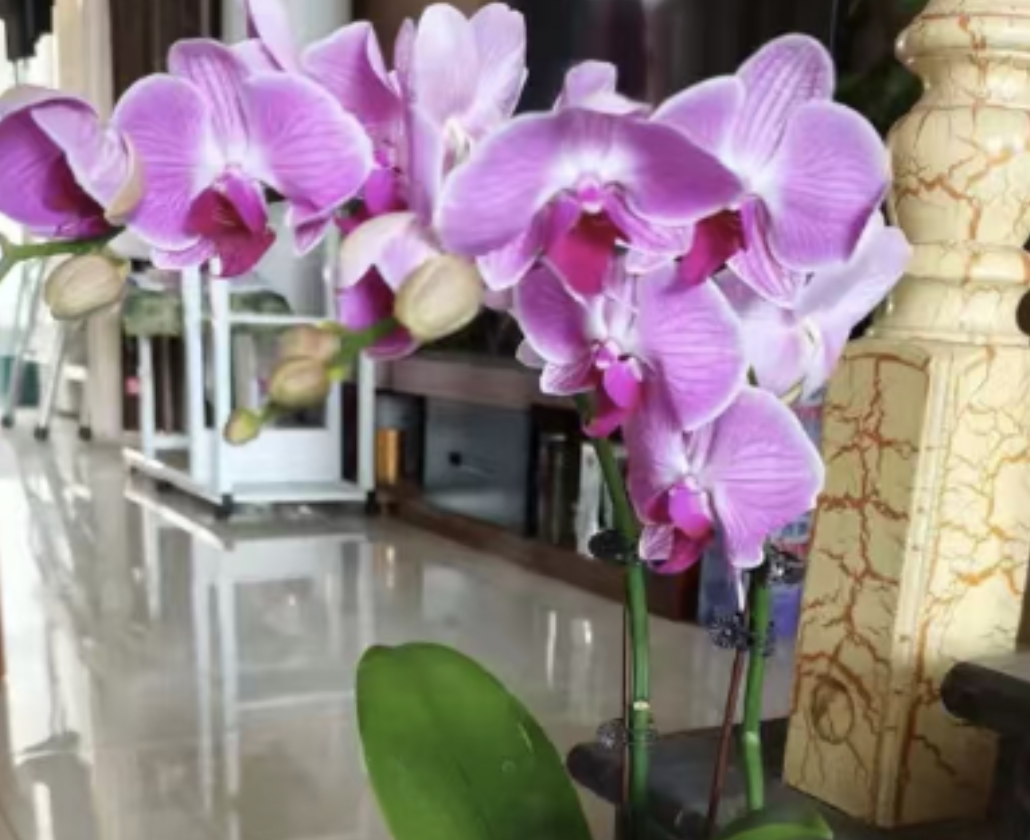Searching for a touch of greenery at home to add vitality to life, hanging plants are undoubtedly an excellent choice. They can not only beautify the space but also purify the air, bringing a sense of tranquility and comfort. Here are several types of hanging plants suitable for cultivation indoors or on the balcony, including Tillandsia usneoides, Trachelospermum jasminoides 'Variegatum', Hedera helix, Senecio rowleyanus, and Ceropegia woodii. Let's get to know them together.
Tillandsia usneoides: Tillandsia usneoides is a unique hanging plant. It relies on the fish - scale - like structures on its leaves to absorb moisture and nutrients from the air. Therefore, it is suitable to be hung on a well - ventilated support. Tillandsia usneoides prefers a humid environment. During the growth period, spray water around it and on the plant frequently. You can also take it down and soak it in clean water for 10 minutes once a week to maintain sufficient moisture. Meanwhile, although Tillandsia usneoides has a low demand for fertilizers, to promote growth and flowering, apply diluted fertilizer once every 15 days in winter and summer.
Trachelospermum jasminoides 'Variegatum': Trachelospermum jasminoides 'Variegatum' is known for its colorful leaves and its fondness for sunlight. In spring, autumn, and winter, it should be fully exposed to sunlight, while in summer, it needs to avoid the intense sun and can be placed in a semi - shaded place or under bright scattered light. In terms of watering, Trachelospermum jasminoides 'Variegatum' likes a moist environment. It cannot lack water during the growing season, but waterlogging should also be avoided. Regarding the soil, loose, fertile, well - drained neutral or acidic soil is most suitable for it. In addition, regular pruning is the key to maintaining its beautiful shape and promoting branching.
Hedera helix: Hedera helix is one of the classic hanging plants. Its slender vines and small leaves are very interesting. It likes a well - ventilated environment with scattered light and needs to receive 3 - 4 hours of direct sunlight every day. The suitable growth temperature is between 15 - 25°C. In summer, ventilation should be strengthened and measures such as spraying water mist can be taken to cool it down. In winter, it should be moved indoors to a sunny place to prevent frostbite. When watering, water it when the soil is dry and avoid waterlogging, which may cause root rot. Apply 2 - 3 times of thin organic fertilizer per month during the growth period.
Senecio rowleyanus: Senecio rowleyanus is loved for its round leaves and its requirement for bright light. It is suitable to be placed in a place with scattered light, such as a windowsill or balcony. In summer, it should avoid direct sunlight to prevent the leaves from scorching. In terms of temperature, Senecio rowleyanus prefers an environment of 15 - 25°C, and the temperature in winter should not be lower than 5°C. When watering, follow the principle of "water when dry, water thoroughly". Keep the potting soil slightly moist during the growth period. Spring and autumn are the peak growth seasons of Senecio rowleyanus, and at this time, apply thin fertilizers frequently.
Ceropegia woodii: Ceropegia woodii is favored for its unique leaf shape and its need for scattered light. It likes an environment of 15 - 25°C. Even when the temperature reaches 35°C in summer or drops to 10°C in winter, it can still survive, but it is better to keep the temperature above 10°C. When watering, follow the principle of "alternate dry and wet", that is, water it when the potting soil is completely dry. Ceropegia woodii has a low demand for fertilizers, especially dislikes high - phosphorus and high - potassium fertilizers. If using a mixed substrate, fertilize once or twice a year; if using sphagnum moss, apply thin fertilizer once a quarter.
By understanding the maintenance points of these hanging plants, we can easily create a lush green space at home or on the balcony. Why not give it a try and let these hanging plants become a part of your home life.
What are the easy - to - grow and beautiful hanging plants?

Share with
Tagged in :




Leave a Reply